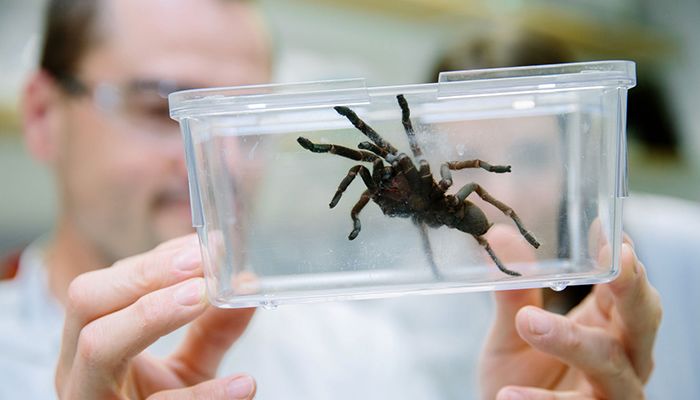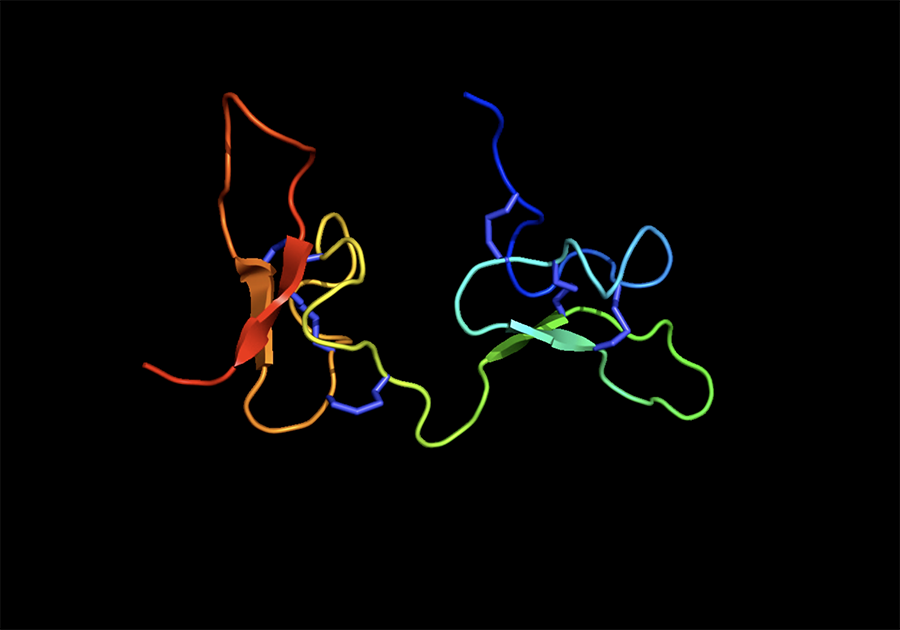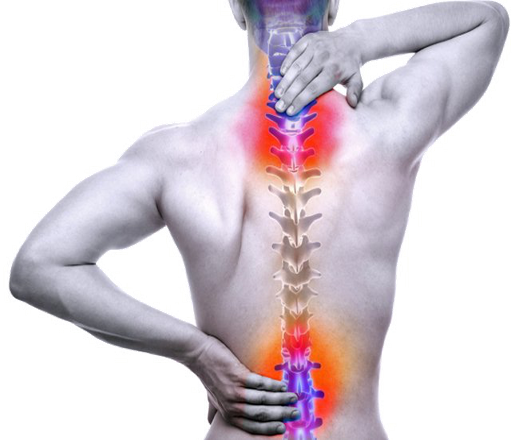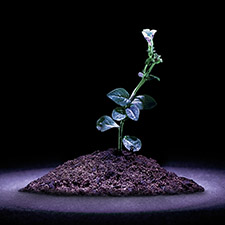Help us discover the unknown in venom

Spider putting the bite on stroke and spinal cord injury
K'gari (Fraser Island), which lies off the southern coast of Queensland, is famous as a great spot for camping and also as the world’s largest sand island. What many people may not know is that it is home to the K'gari funnel web, a spider whose venom is helping Brisbane scientists develop treatments for neurological disorders such as stroke and spinal cord injury.
Professor Glenn King’s lab, aptly named the Venoms Lab, has been studying the molecule Hi1a, isolated from the venom of the K'gari funnel web.

A molecule from the K'gari (Fraser Island) funnel web spider could inspire treatments for stroke and spinal injuries.
A molecule from the K'gari (Fraser Island) funnel web spider could inspire treatments for stroke and spinal injuries.
Dr Natalie Saez from the Venom lab is investigating its potential as an improved treatment for stroke.
Hi1a has been shown to prevent further brain damage when given up to 8 hours after an ischemic stroke.

Hi1a.
Hi1a.
“In Australia, someone experiences stroke every nine minutes, and this is set to rise to one every four minutes by 2050,” Dr Saez said.
“With the vast distances in Queensland, getting appropriate medical attention in time is a big problem.
“In my research I’ve figured out how to make large enough quantities of Hi1a to move to clinical trials.
“Our aim is for paramedics to be able to give Hi1a on the spot if they suspect a stroke, and high-risk patients in regional Queensland could use Hi1a as a nasal spray at the first signs of stroke.”
PhD student Victoria Foster is also working on Hi1a from the venom of the K'gari funnel web, to treat a different time-dependent health issue: spinal cord injury.

Hi1a is being investigated as a spinal cord treatment.
Hi1a is being investigated as a spinal cord treatment.
“In spinal cord injury, ‘time is spine’—current treatments such as reducing the pressure on the spinal cord become less effective as time goes on, worsening the outcome,” Ms Foster said.
“After the initial injury, a process called secondary damage occurs. This is where cell death increases far beyond the original site, contributing to that paralysis and chronic pain.”
“Hi1a from the spider venom interferes with processes which we know triggers secondary damage.”
“Our hope is to eventually provide an injectable treatment that first responders could use as soon as they arrive.”
A Queensland spider paired with the talents and tenacity of a team of Queensland scientists could equip medics with better treatments for these devastating conditions.



